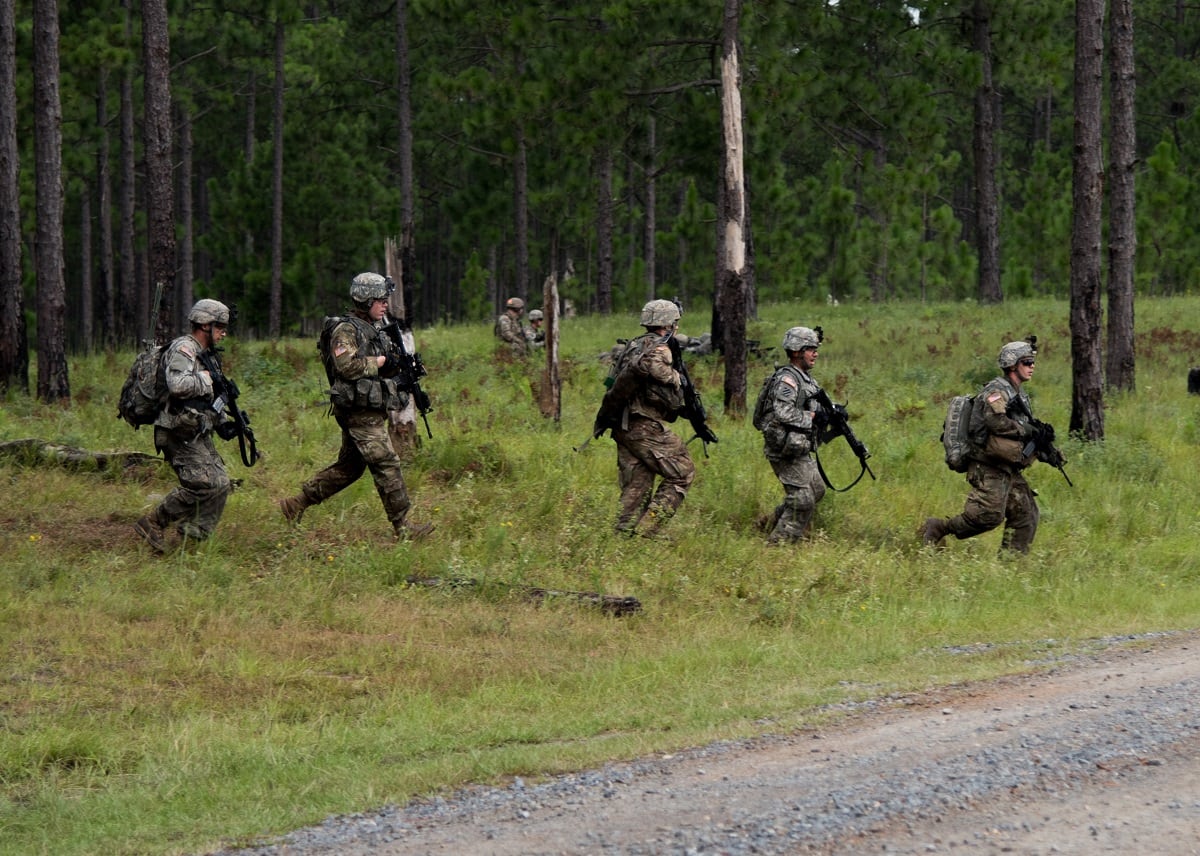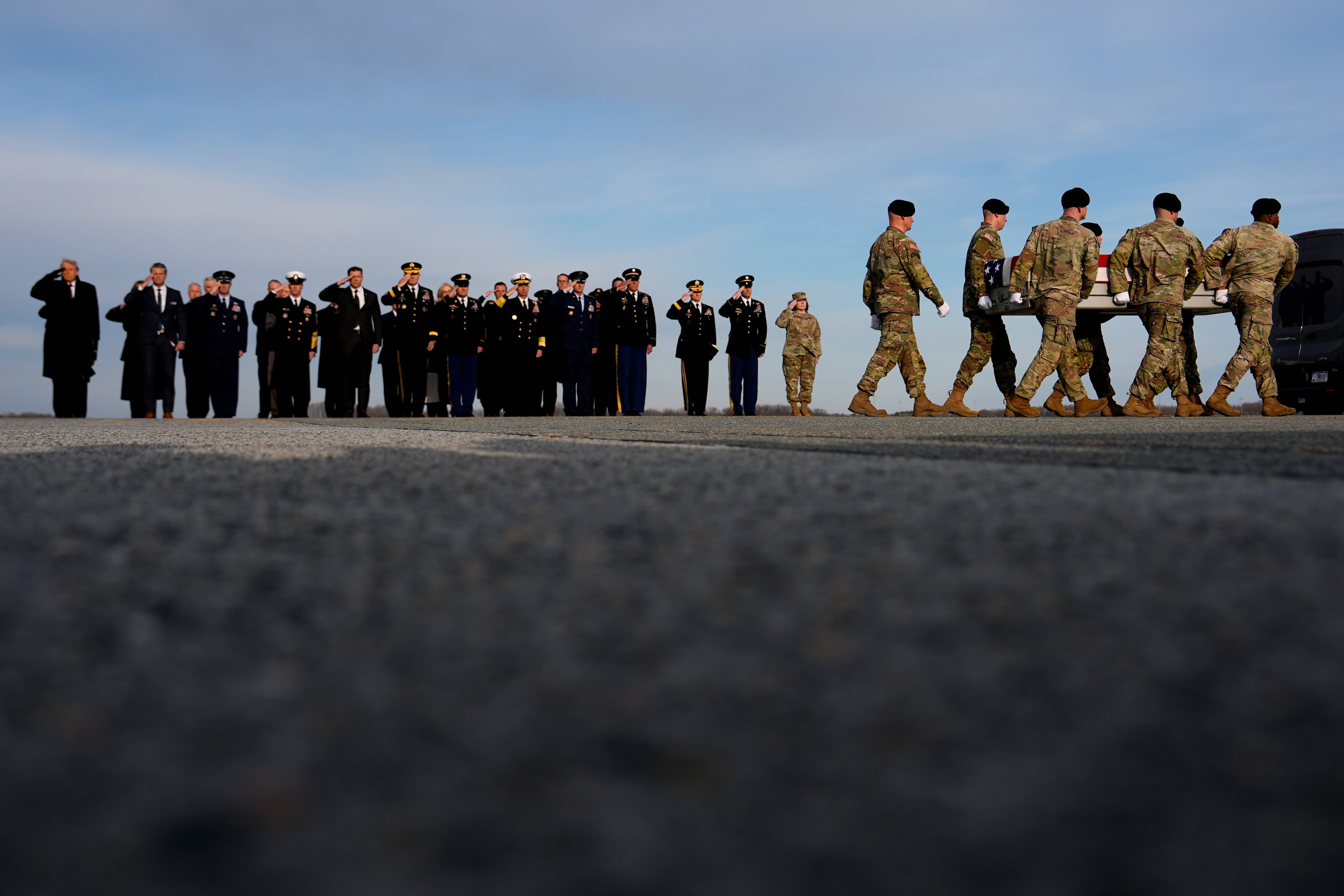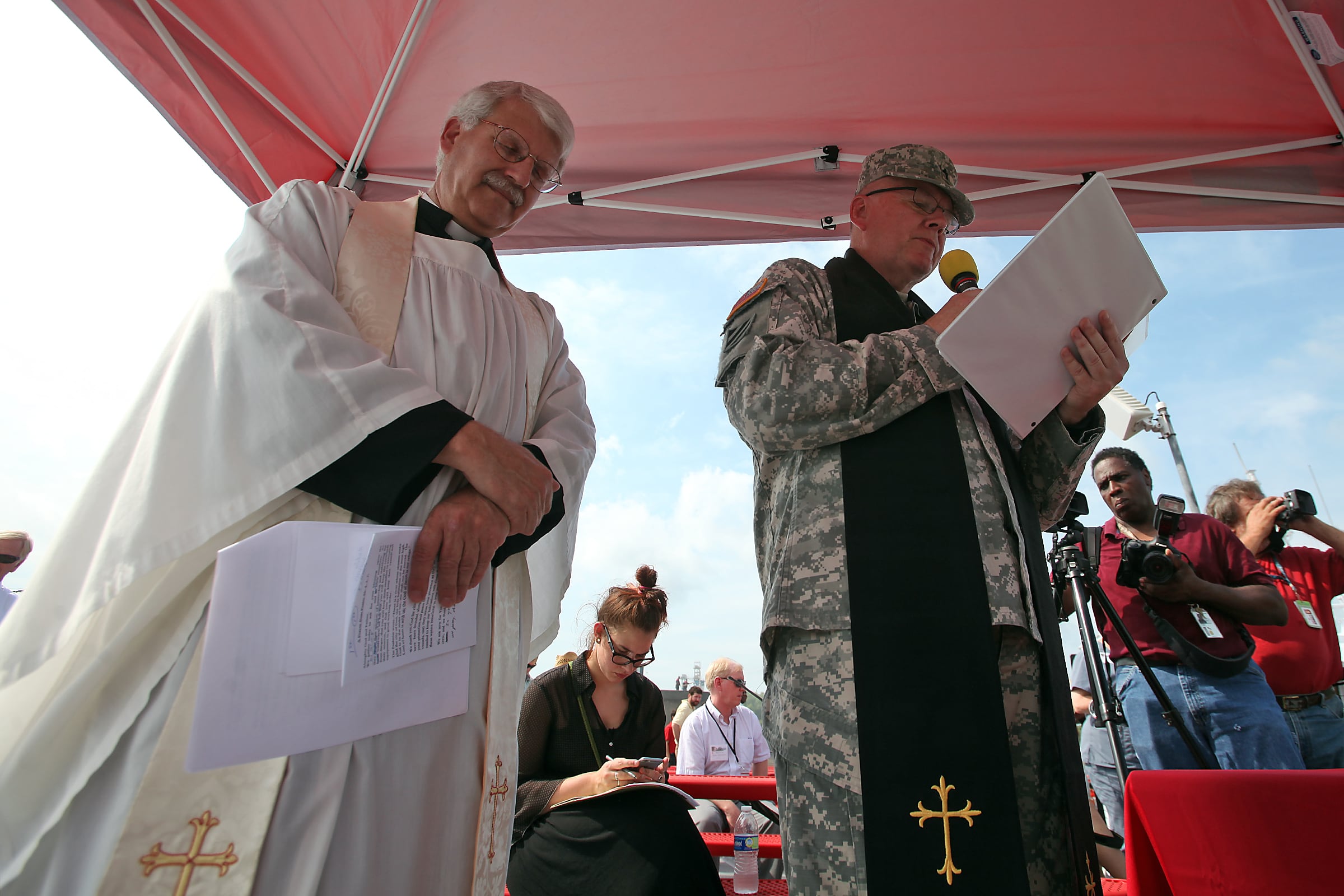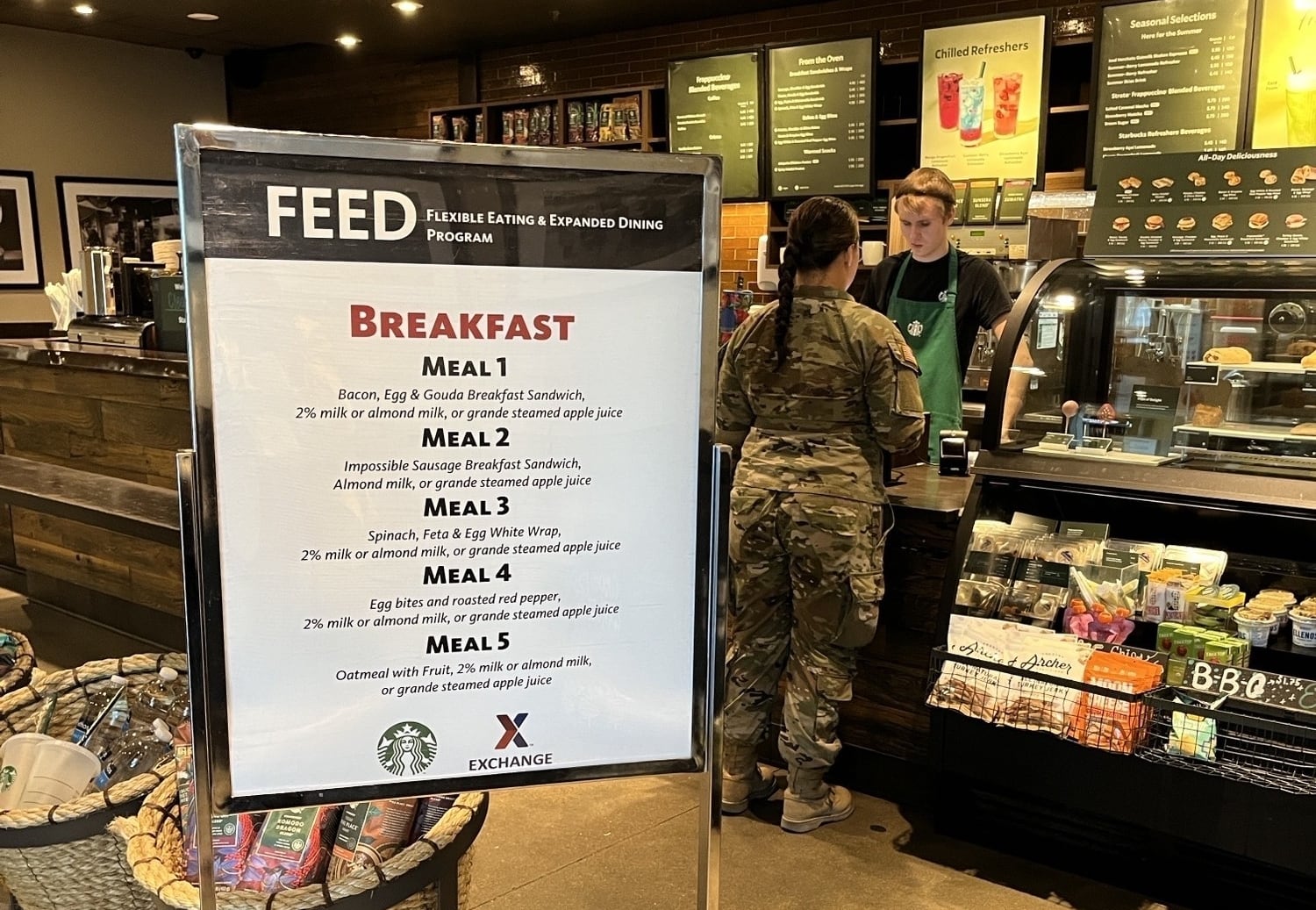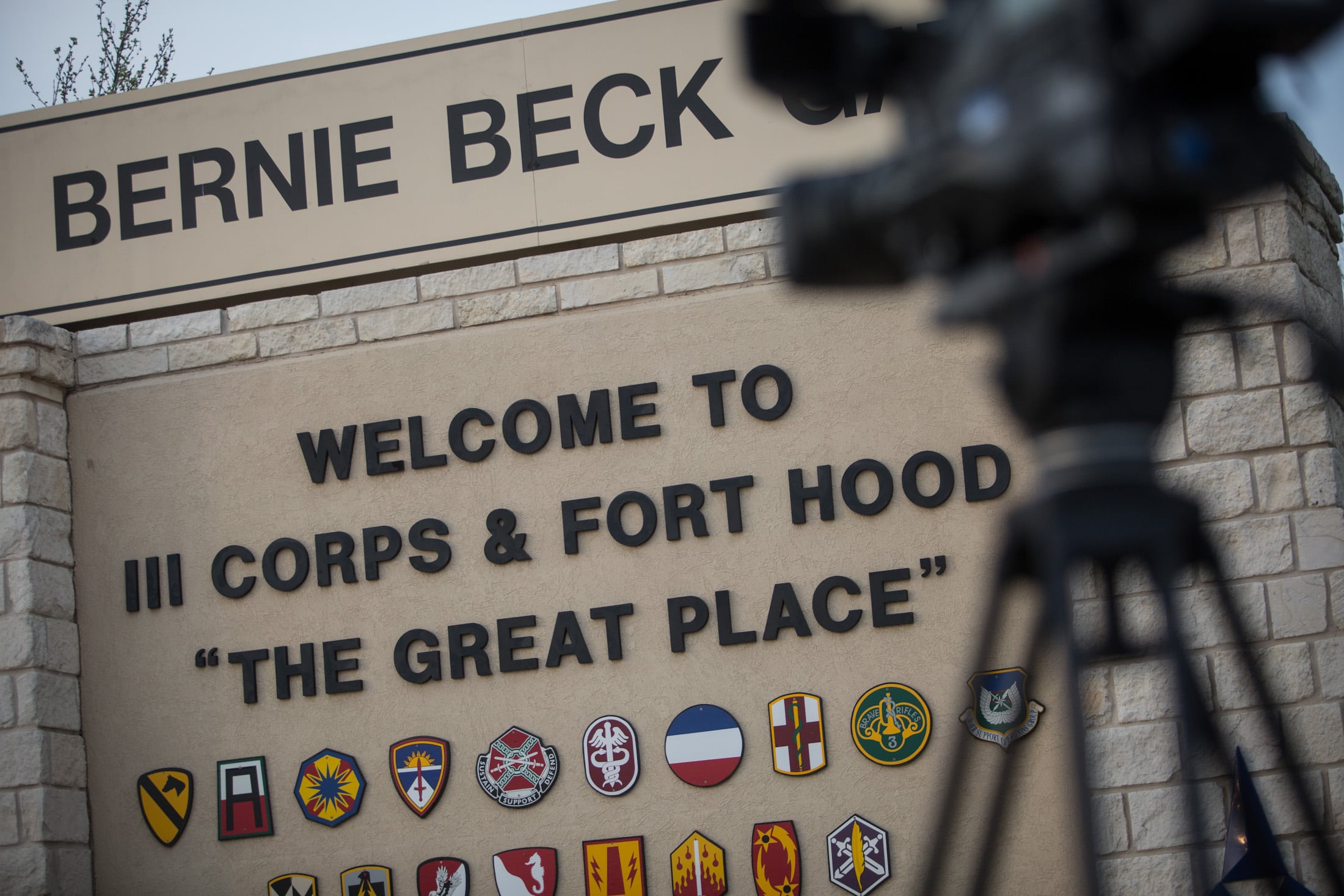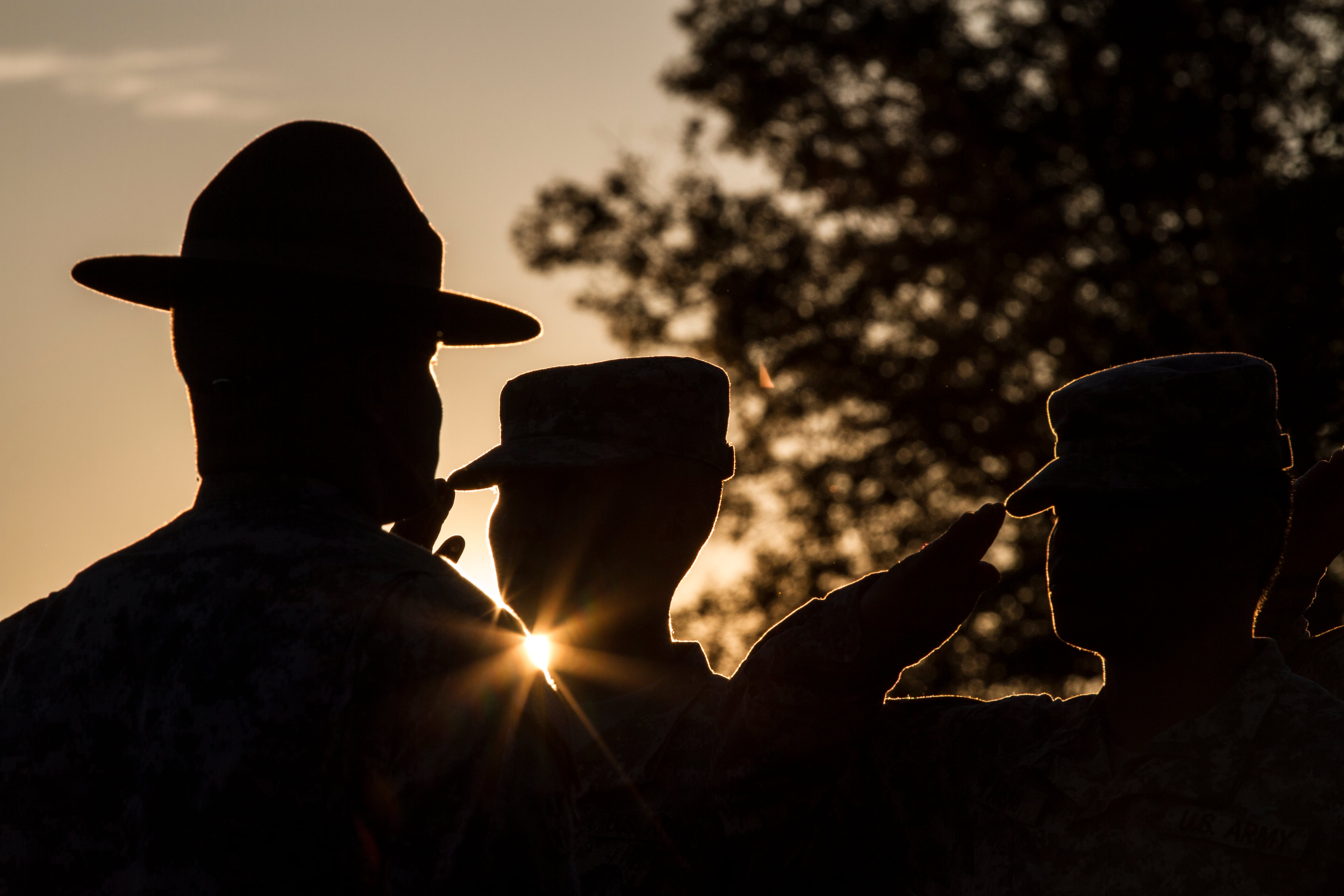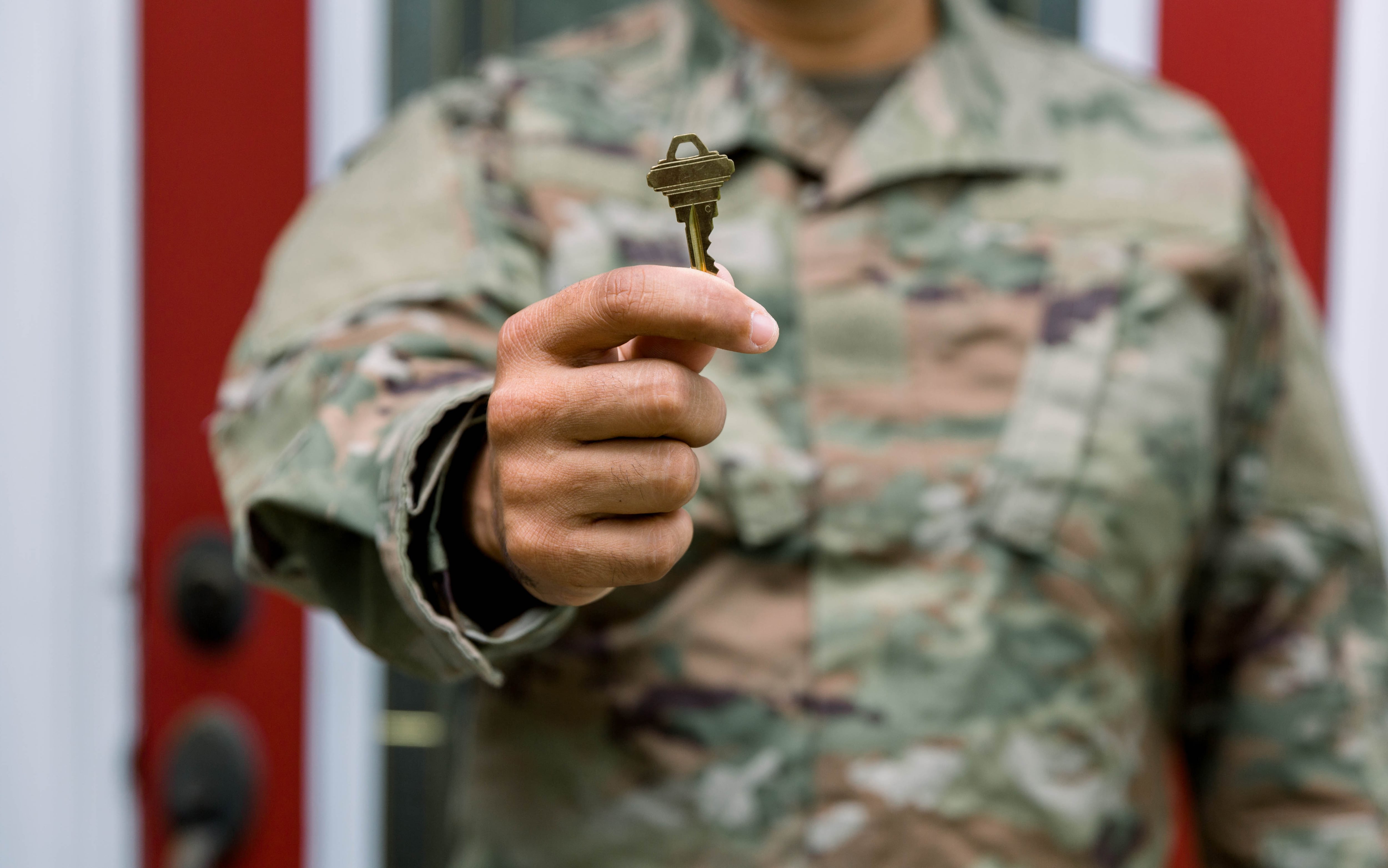A unit from the Indiana National Guard will take the helm during one of the Army’s Pacific Pathways exercises in 2018.
The exercise, which is conducted three times a year, sends a unit through a training pathway, where it normally spends three to four months in a series of exercises with foreign militaries.
It’s usually an active-duty unit that leads the exercises, but the 76th Infantry Brigade Combat Team is coming off a rotation at the Joint Readiness Training Center in Louisiana.
Army National Guard and Army Reserve soldiers have participated in Pacific Pathways in the past, but in small numbers, according to Gen. Robert Brown, commander of U.S. Army Pacific.
“[The brigade will be] coming through the Pacific at their highest rate of readiness,” Brown told Army Times. “And then demonstrating that they, too, can get where they need to go in a timely manner and can be in the region and truly be expeditionary.”
Putting a Guard unit in the lead does present some challenges, Brown said.
An active-duty unit can train for three months straight, but that’s a little more difficult in this case.
“There’s always a balancing act with the Guard,” he said. “They have full-time jobs.”
To make this possible, it’s taken coordination with each soldier’s employer, as well as tweaking the timeline of the exercise.
“They’ll be gone for shorter time periods,” Brown said. “But still working to be just as effective.”
Instead of three or four months, the Guard unit might be gone for three or four weeks at a time.
“It’ll never be the exact same, but close to the same effect,” Brown said.
The Army is still working out the details, including which events are chosen and where they’re going to train.
“Whether they go to Malaysia versus Thailand or the Philippines, Singapore, Japan, Korea — that’s being worked out so that they can do it in the most efficient way possible and the most effective way possible,” Brown said. “And yet still not hurt those folks who are employed full time in a civilian job.”
Even with the challenges, Brown said it’s important to give key National Guard elements the same opportunities as active units.
“Anything we do in the Pacific, we always have National Guard divisions involved, so it gives them a credible familiarity with the region,” he said.
The Guard also offers unique experience through the State Partnership Program, which links a state’s National Guard with an equivalent partner in another country.
“For example, you’ll have an Oregon National Guard general officer who will have been partnered with Vietnam for 20-plus years,” Brown said. “So they bring tremendous relationships that the active component can’t match.”
Brown said he’s been in the Pacific a lot over the past 30 years, but even he doesn’t have relationships going back 20 years with one particular country.
“We try to use the strengths of each of the components as a total Army,” he said. “And that’s why it’s so good to have the Guard leading a Pacific Pathways and capitalize on their strengths.”
Charlsy is a Reporter and Engagement Manager for Military Times. Email her at cpanzino@militarytimes.com.
